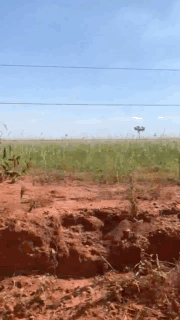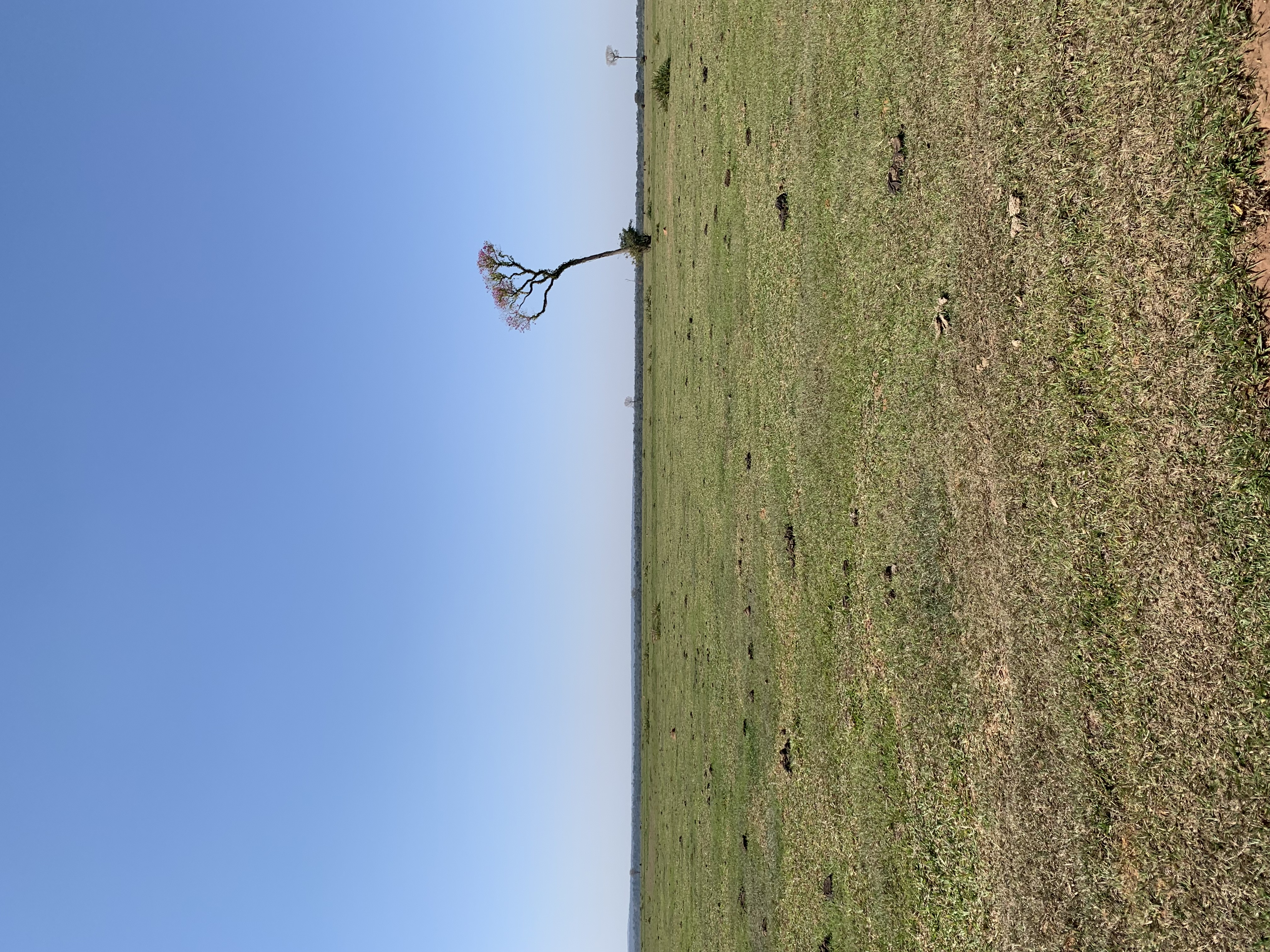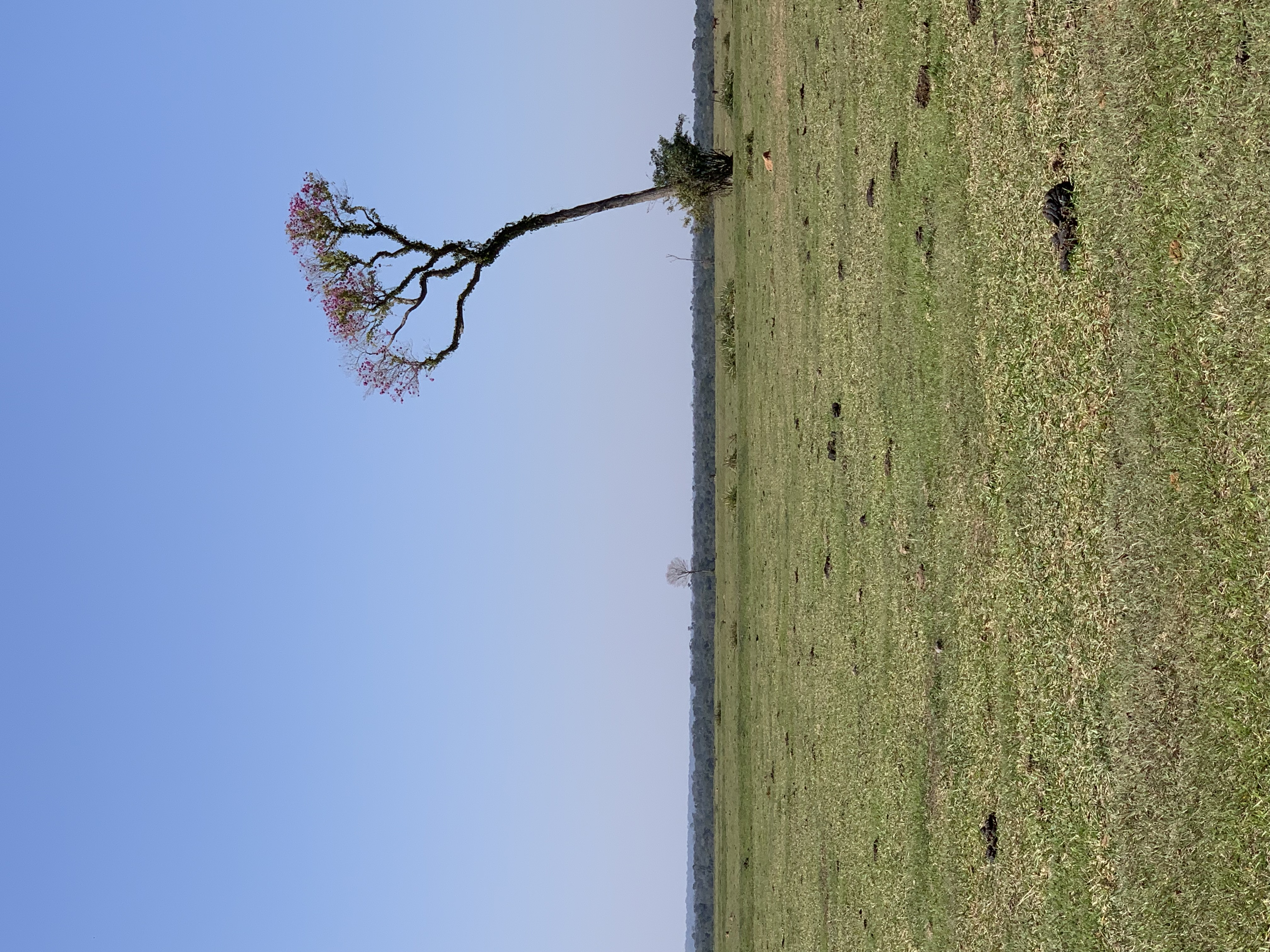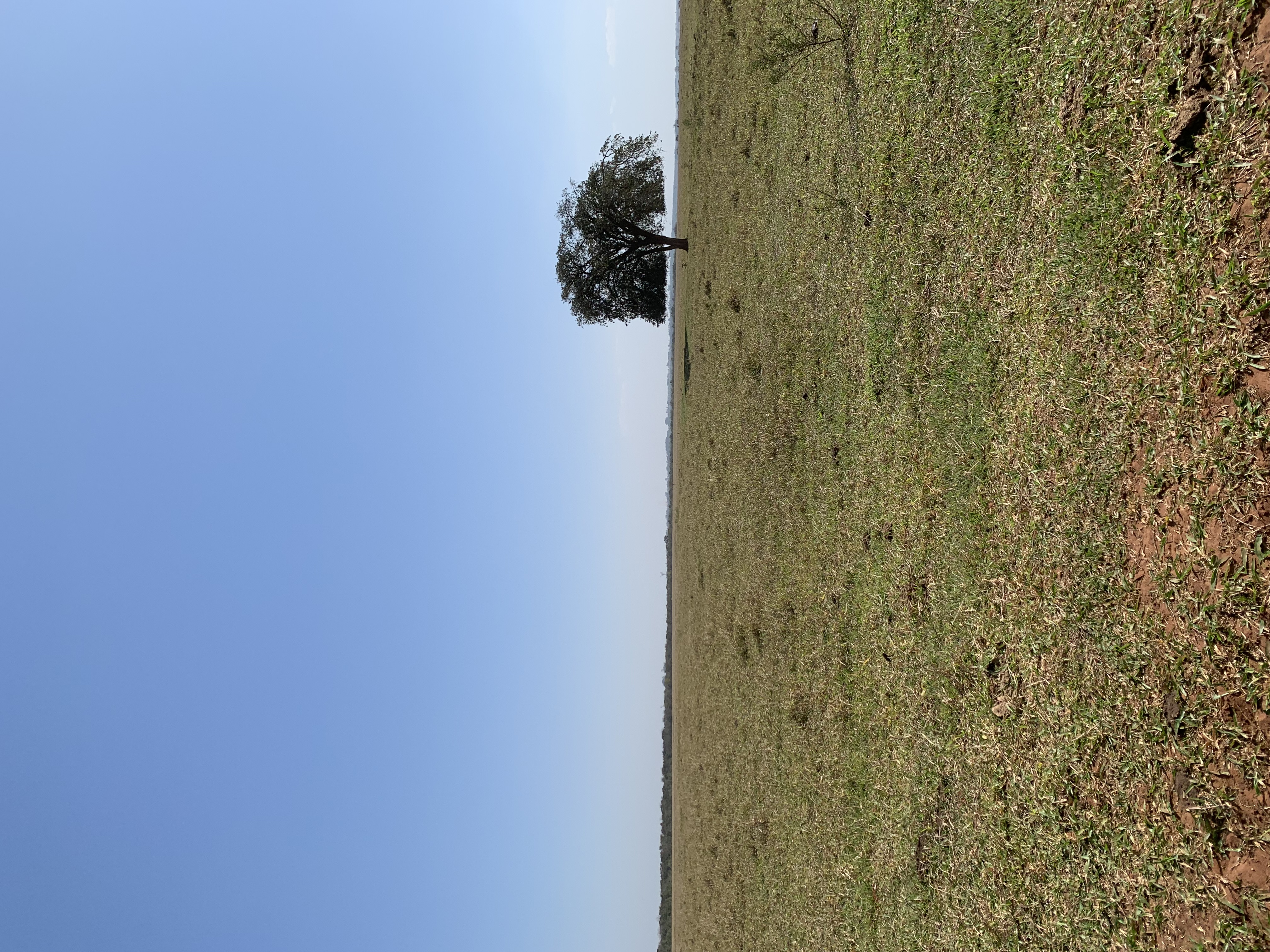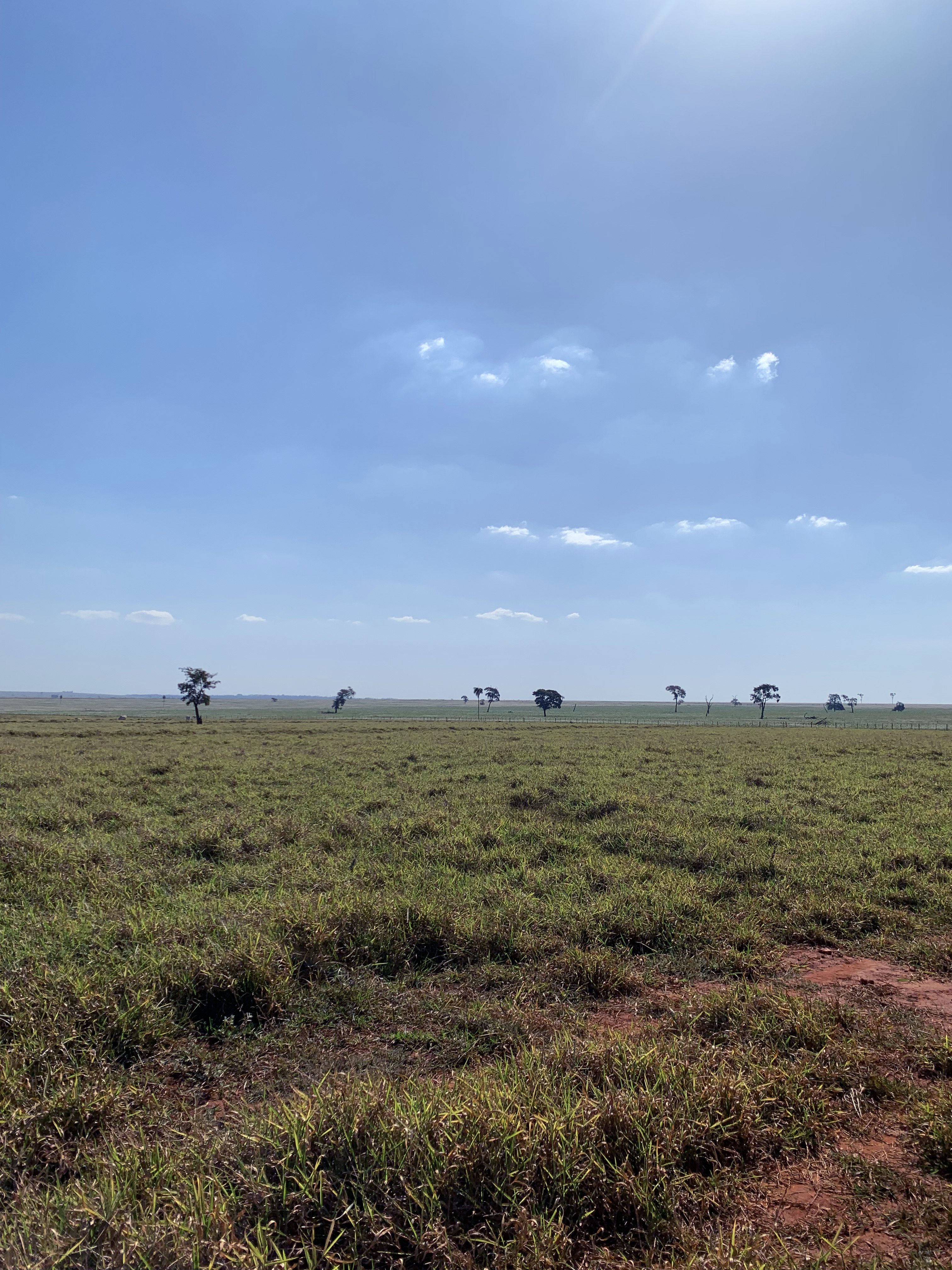This Used To Be a Forest
Contributor
Transient Nostalgia
Volume 8, Issue 01
September 23, 2022
The Atlantic Forest in Brazil is a highly fragmented landscape, and most of its remnants are located in private properties. A forest that disappeared along with its original settlers, a forest that was replaced by agricultural lands, monoculture systems, and pasturelands. For the past 500 years, a number of extractive economic cycles have impacted—and continue to impact—one of the most threatened and species-rich ecosystems worldwide. Land owners leave large tree species untouched after the clearings, as witness of a forest that once was there. What is left is an open air museum; nostalgia for a forest that is gone, and unrest for the future of the Amazon Rainforest.
